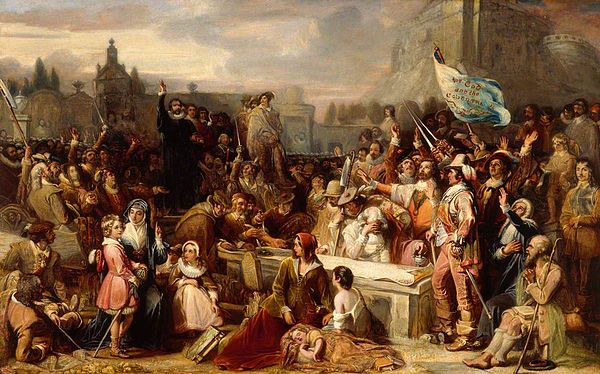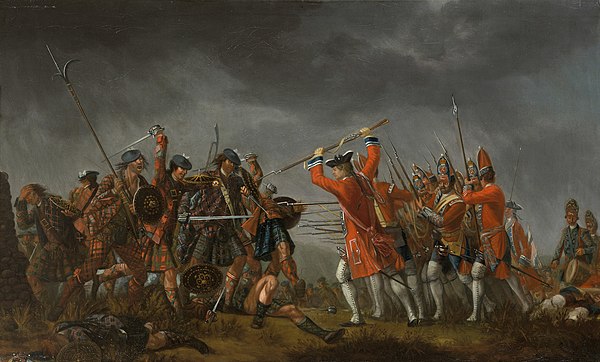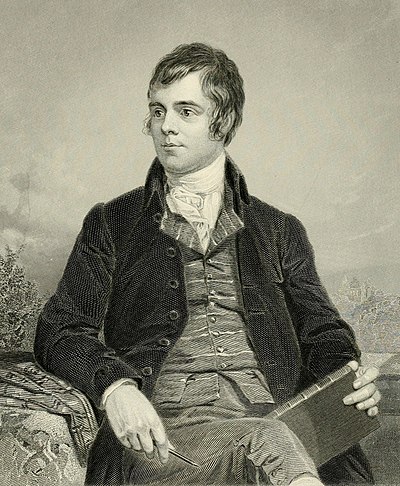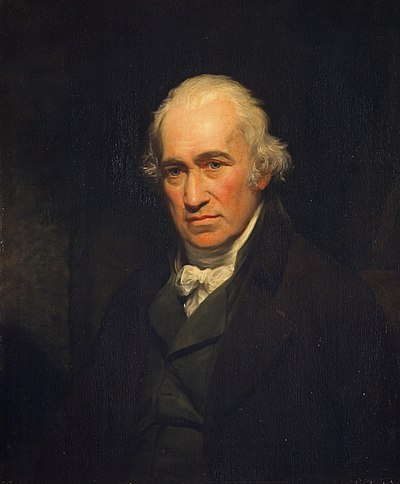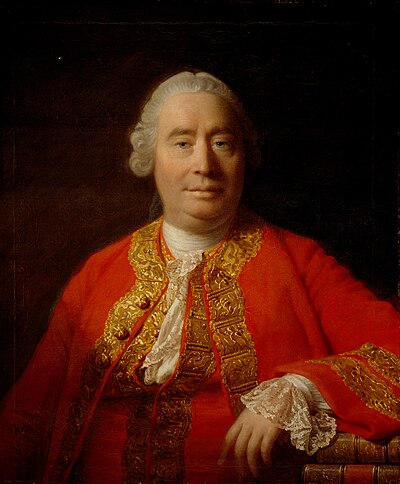
History of Scotland
The recorded history of Scotland begins with the arrival of the Roman Empire in the 1st century CE. The Romans advanced to the Antonine Wall in central Scotland, but were forced back to Hadrian's Wall by the Picts of Caledonia. Before Roman times, Scotland experienced the Neolithic Era around 4000 BCE, the Bronze Age around 2000 BCE, and the Iron Age around 700 BCE.
In the 6th century CE, the Gaelic kingdom of Dál Riata was established on Scotland's west coast. Irish missionaries converted the Picts to Celtic Christianity in the following century. The Pictish king Nechtan later aligned with the Roman rite to diminish Gaelic influence and prevent conflict with Northumbria. Viking invasions in the late 8th century forced the Picts and Gaels to unite, forming the Kingdom of Scotland in the 9th century.
The Kingdom of Scotland was initially ruled by the House of Alpin, but internal conflicts over succession were common. The kingdom transitioned to the House of Dunkeld after Malcolm II's death in the early 11th century. The last Dunkeld king, Alexander III, died in 1286, leaving his infant granddaughter Margaret as heir. Her death led to Edward I of England's attempts to conquer Scotland, sparking the Wars of Scottish Independence. The kingdom ultimately secured its sovereignty.
In 1371, Robert II founded the House of Stuart, which ruled Scotland for three centuries. James VI of Scotland inherited the English throne in 1603, leading to the Union of the Crowns. The 1707 Acts of Union merged Scotland and England into the Kingdom of Great Britain. The Stuart dynasty ended with Queen Anne's death in 1714, succeeded by the houses of Hanover and Windsor.
Scotland flourished during the Scottish Enlightenment and Industrial Revolution, becoming a commercial and intellectual center. However, it faced significant industrial decline post-World War II. Recently, Scotland has seen cultural and economic growth, partly due to North Sea oil and gas. Nationalism has grown, culminating in a 2014 referendum on independence.































